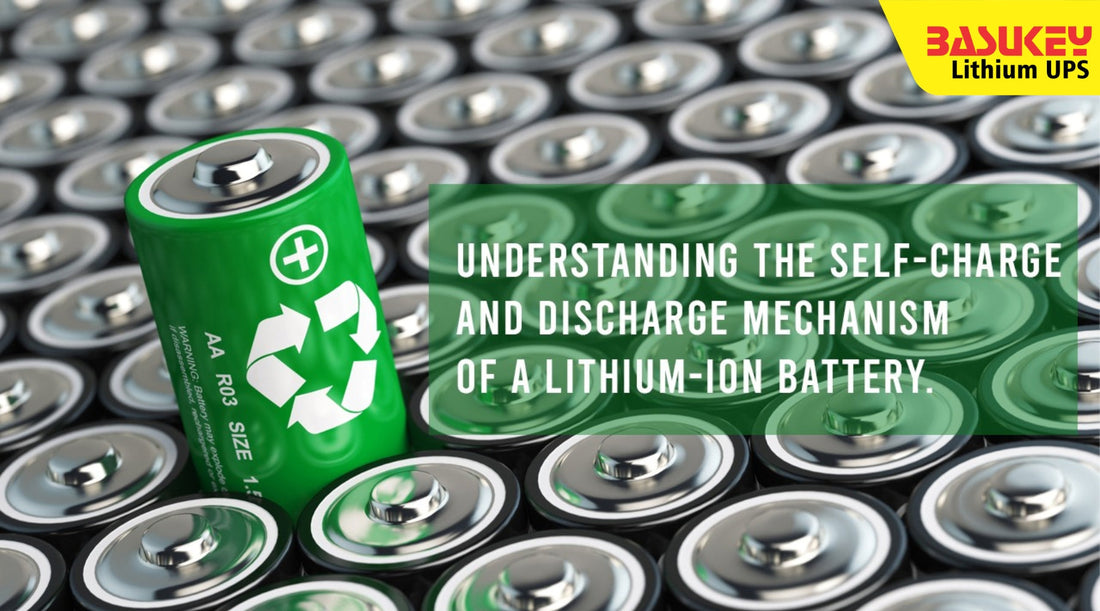
Game-Changer or Gimmick? A Real Look at Lithium UPS Tech in 2025
Share
Is lithium UPS technology truly a game-changer or just another gimmick in the power backup industry? Let's take a closer look at the advancements and innovations in lithium UPS technology as of 2025.
Understanding the Basics
Lithium UPS systems utilize lithium-ion batteries, known for their high energy density, longer lifespan, and faster charging capabilities compared to traditional lead-acid batteries. These features make lithium UPS technology a promising solution for critical power backup needs.
The Advantages
With lithium UPS technology, users can expect significant benefits such as:
- Up to 50% smaller footprint
- Up to 70% lower total cost of ownership
- Up to 3 times longer lifespan
- Enhanced efficiency with up to 96% energy efficiency
Performance and Reliability
One of the key factors that set lithium UPS technology apart is its superior performance and reliability. These systems offer faster response times, seamless integration with smart grid technologies, and enhanced scalability to meet evolving power demands.
Environmental Impact
When it comes to sustainability, lithium UPS technology shines. With reduced maintenance requirements, lower energy consumption, and recyclable components, these systems contribute to a greener and more eco-friendly power backup solution.
Industry Adoption
As of 2025, the adoption of lithium UPS technology is on the rise across various industries, including data centers, healthcare facilities, manufacturing plants, and telecommunications networks. The proven benefits and reliability of lithium UPS systems have made them a preferred choice for mission-critical applications.
The Verdict
So, is lithium UPS technology a game-changer or just a passing trend? The evidence points to the former, with its proven performance, reliability, and cost-effectiveness making it a valuable asset for businesses seeking robust power backup solutions in 2025 and beyond.
